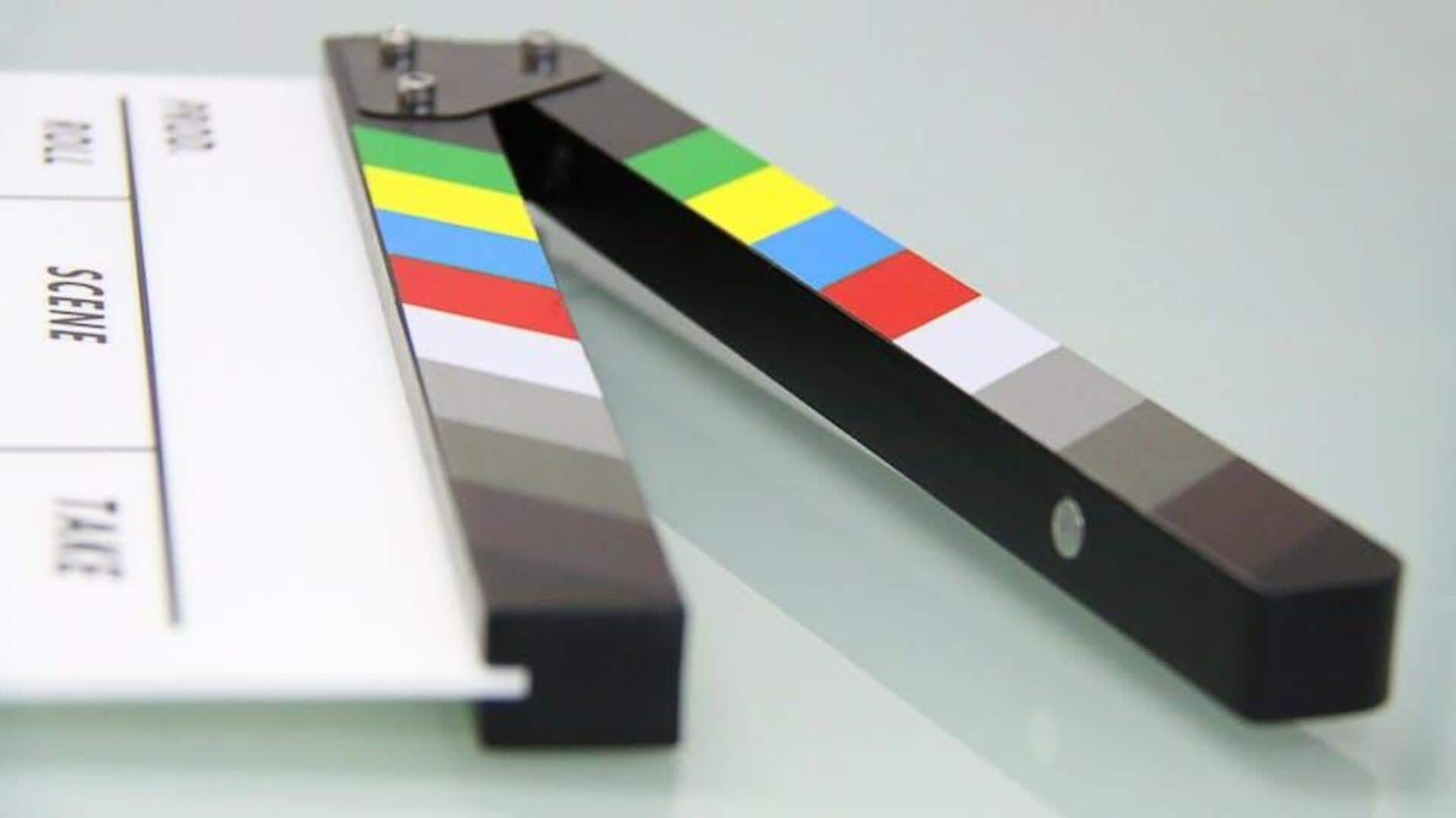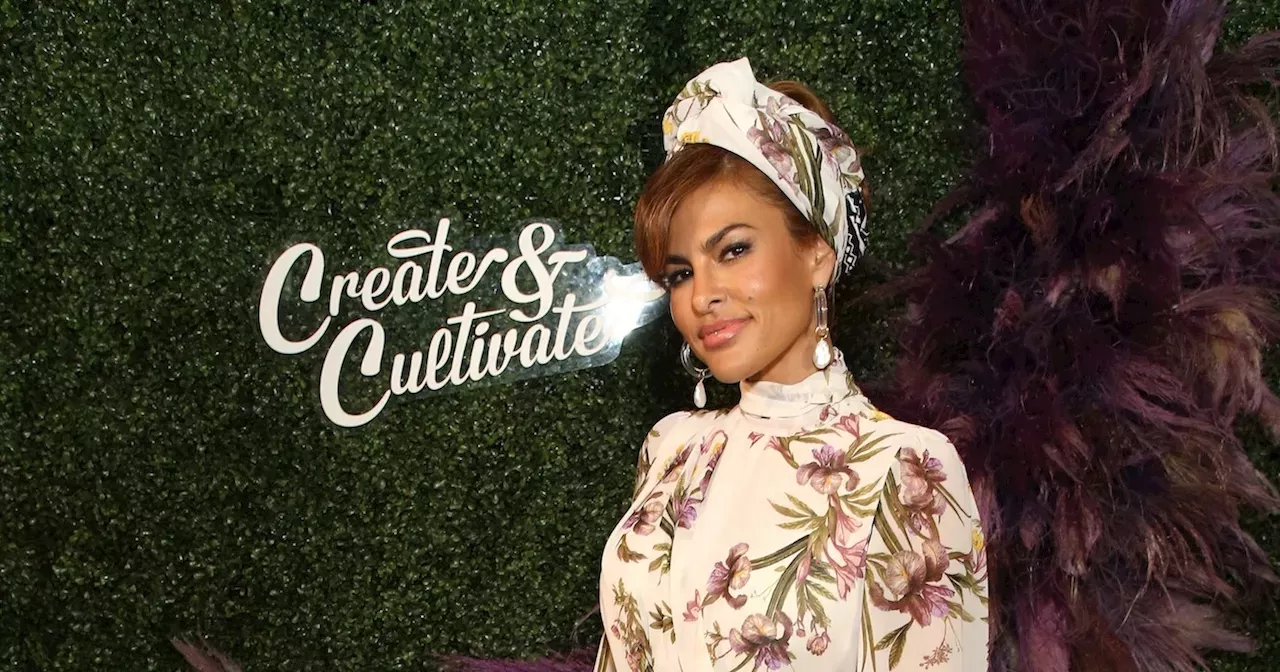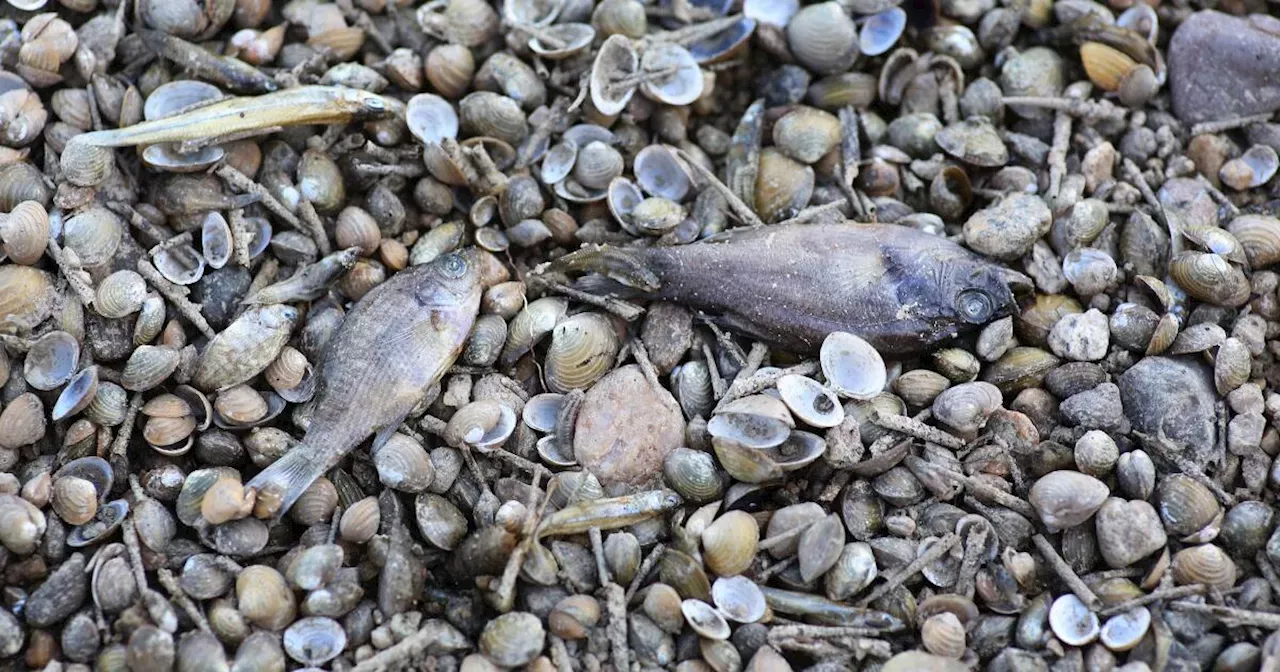PRINCETON, New Jersey — In Carolee Schneemann’s 1964 film “Meat Joy,” male and female bodies spontaneously writhe against each other on a beach in communal ecstasy as raw fish and chickens flop on their bare skin. “Lollipop” (1958) by the Chordettes plays in the background, before being intercepted by a hazy voiceover in French and English. The earthy eroticism of the six-minute film provokes fascination and disgust, and even led to an assassination attempt on the artist when it first debuted at a performance festival in Paris.
(She survived.) Today, the 16mm film flickers on a wall at Art on Hulfish, Princeton University’s gallery and activity space, as part of the exhibition Don’t we touch each other just to prove we are still here ? Subscribe to our newsletter Get the latest art news, reviews and opinions from Hyperallergic. Daily The latest stories every weekday morning Weekly Editors' picks of the best stories each week Opportunities Monthly list of opportunities for artists, and art workers View our full list of free newsletters .

The exhibition, named after a verse in one of Ocean Vuong’s poems, centers the myriad ways touch shapes the human experience, ranging from the possessive love of a mother holding her child to the violent and coercive touch that sometimes takes place between strangers. Across film, photographs, and mixed-media artworks, 13 artists depict the warmth, sensuality, and force of touch, exploring its relationship with nonhuman objects like clay and plants as well as its resonance in forging intimate bonds and triggering feelings of attachment, abandonment, and affection. In a work from Lisa Sorgini’s series Mother (2016–22), splashes of light dapple the surface of a photograph that depicts a woman sitting atop a bed with a naked toddler pressed against her lap, the child’s small hand digging into the soft flesh of her thigh.
The inkjet print’s sepia-gold hue recalls the primal nostalgia of childhood, specifically the all-enveloping caress of a mother, a form of touch that’s needed to survive. In Patrick Pound’s collection of snapshots, a magician pulls a white-feathered duck out of a hat, a man wrestles a bear, and a tiny platypus rests in the palm of a hand. “Man becomes aware of himself returning the look [of animals],” John Berger wrote in the essay, “Why Look at Animals?” (1980).
What, then, can be said about touching animals, whether vis-à-vis the control of domesticated pets or the power struggle with wildlife? Pound doesn’t offer any apparent answers, leaving the viewer to assess the beauty and vulnerability of physical touch between humans and creatures whose language we cannot understand. In comparison, Phoebe Cummings’s series of monochromatic videos, Towards a Flower (2023), captures her tactile experiments with inanimate objects like paint and clay. In a sensuous, almost relaxing motion, Cummings strokes large swabs of white paint on the inside of her arm, and then makes as if to pluck a wilted flower of the same color, suggesting that the body, too, can be molded, broken, and manipulated.
As the exhibition makes clear, touch is crucial to building relationships and finding a sense of community, a reality that came to the fore with the spatial distance requirements at the height of the COVID-19 pandemic. In Clifford Prince King’s “Safe Space” (2019), a man wearing a beanie twists his friend’s hair into braids while another lying on the mattress raises a joint to the first man’s lips. While their identities as queer Black men are deeply politicized, within this room, there is a resonance of calm stillness, an island away from the world.
The sensual intimacy of friendship likewise appears in Melissa Schriek’s short video series Ode (2022), featuring two female friends interlocked in gymnastics-like poses, embracing at turns, suggesting that touch neutralizes loneliness and isolation, and deepens the bonds that sustain life. This ethos brings the exhibition’s title full circle — in all its mediations, touch indeed shows us that we’re still here. Don’t we touch each other just to prove we are still here? continues at Art on Hulfish (11 Hulfish Street, Princeton, New Jersey) through August 4.
The exhibition was organized by Susannah Baker-Smith and Susan Bright. Support Independent Arts Journalism As an independent publication, we rely on readers like you to fund our journalism and keep our reporting and criticism free and accessible to all. If you value our coverage and want to support more of it, consider becoming a member today.
Share Copied to clipboard Mail Bluesky Threads LinkedIn Facebook.



















